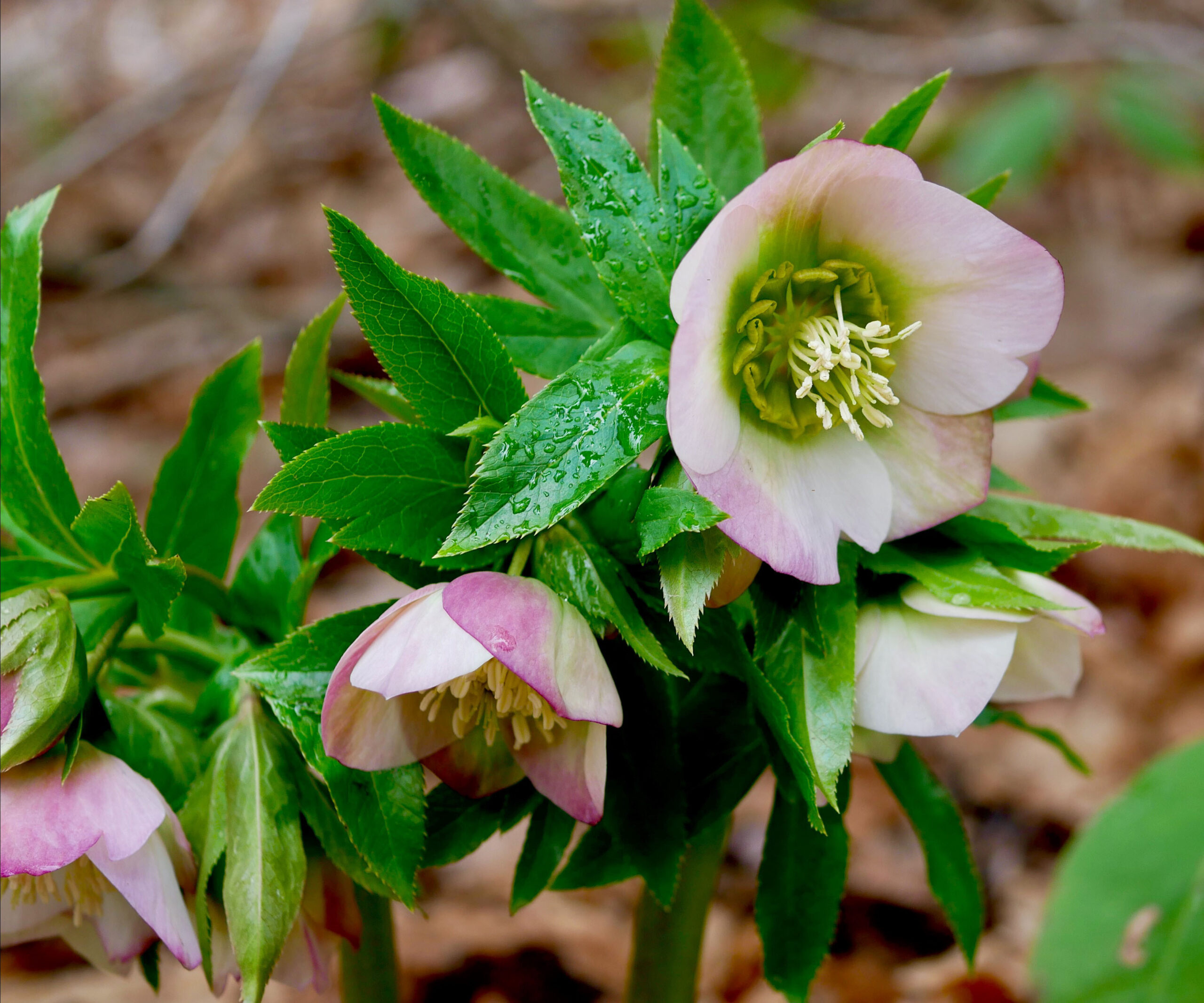This is a new weekly series, appearing Fridays, intended to raise awareness of the plant collections of the West Virginia Botanic Garden at Tibbs Run Preserve. Each article will focus on select species that are in bloom.
By David P. Davis
Newsroom@DominionPost.com
Spring is almost here. One of the first plants to bloom at the West Virginia Botanic Garden is hellebores, a member of the buttercup family Ranunculaceae.
Although not in the rose family, hellebores have common names that include Christmas rose, winter rose and Lenten rose, which reflect their early-season bloom appearance. The genus Helleborus includes over 20 species that are evergreen perennials, deer-tolerant and shade-loving. At the WVBG, these traits are critical. We have more deer than we care to admit, and many of our garden beds are well shaded.
Hellebores are clump-forming perennials that grow to 12-15 inches tall. The evergreen leaves are leathery and deeply lobed. The bell-shaped blooms come in a variety of colors including green, white, pink and purple. Some also have interior spotting.
Some of our best specimens are in the Eclectic Garden, just off the parking area near Tyrone Road. Here, beautiful purple and white hellebores can be found in large clumps that are very mature. Other hellebores can be found in our Secret Garden and in the George W. Longenecker Shade Garden, where we have recently planted some new varieties to expand our hellebore collection. Since they are evergreen, you can see the hellebore foliage throughout the winter adding some greenery to winter scenery.
Hellebores can be grown in USDA zones 5a to 8b and prefer moist, humus-rich soils in dappled shade (Monongalia County is in USDA Hardiness Zone 6, based on an average annual extreme minimum temperature of zero to minus 10).

I have seen two cases where hellebores did not thrive: One planted in a location prone to winter burn (too much sun while in a frozen state) and the other grown in overly wet, clay soils.
An additional plus about hellebores is that their flower is formed from long-lasting bracts, not petals, and can last for a month or more. At the garden, you should be able to find our hellebores in bloom from March to the end of April.
See you at the garden.
David P. Davis, Ph.D., gardener at the WVBG. For visiting information, maps, and more, visit WVBG.org.





